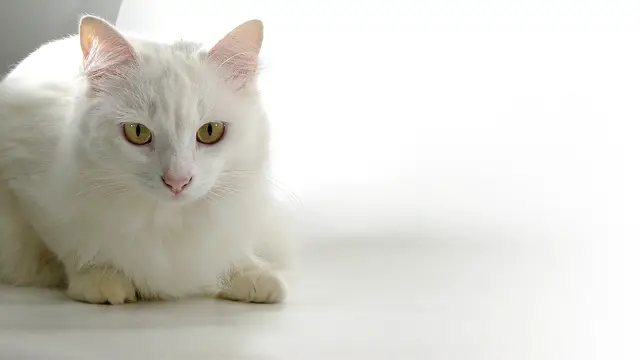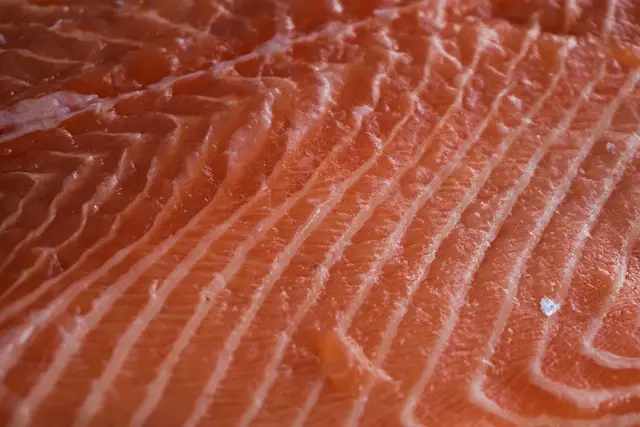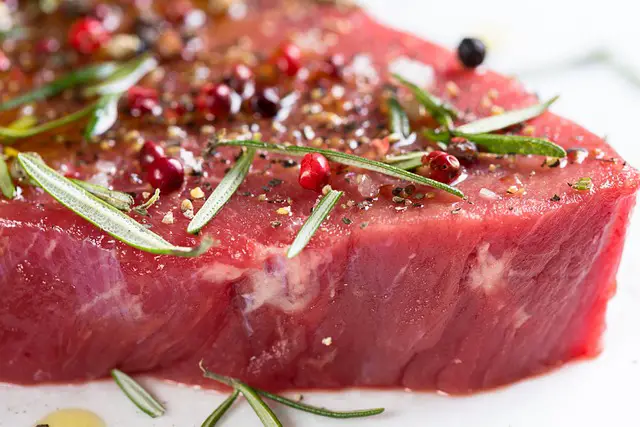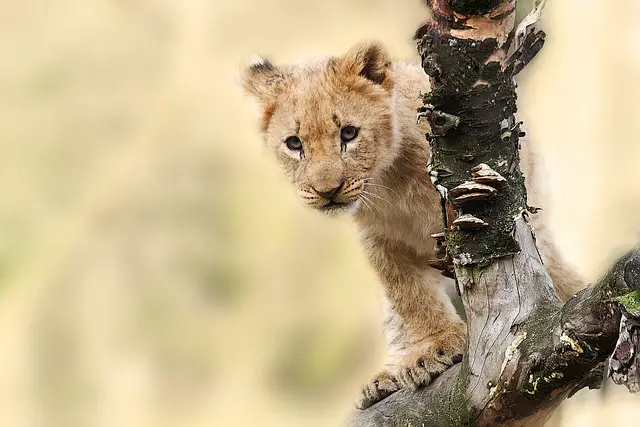Persian cats are one of the most beloved feline breeds in the world. These beautiful and docile creatures are known for their long, silky fur, round faces, and gentle personalities.
However, there is some confusion about where Persian cats come from. Many people assume that they originated in Persia, which is now Iran. But is this the case?
The answer is yes and no. While the modern Persian cat we know today is not native to Iran, its ancestors can be traced back to the country.
The breed is believed to have originated in the Middle East, specifically in the area that is now Iran, Iraq, and Turkey. Early Persian cats were likely shorthaired and had a more angular appearance than the round-faced, longhaired cats we see today.
Over time, breeders developed and refined the breed in Europe and the United States, resulting in the Persian cats we know and love today.
Are Persian Cats from Iran?
Persian cats are one of the most popular cat breeds in the world. They are known for their long, luxurious coats, round faces, and gentle personalities. However, some debate has been about whether Persian cats are actually from Iran. This section will explore the genetic studies and historical evidence that shed light on this question.
Genetic Studies
In recent years, genetic studies have been conducted to determine the origins of Persian cats. For example, one study published in PLOS ONE in 2016 analyzed the DNA of over 1,000 cats worldwide, including 22 Persian cats.
The study found that Persian cats are closely related to Western Europe and the Mediterranean, rather than cats from the Middle East.
However, it is essential to note that this study only analyzed a small number of Persian cats and may not represent the entire breed.
Other studies have suggested that Persian cats do have some genetic ties to cats from the Middle East, but more research is needed to confirm this.
Historical Evidence
Historical evidence also suggests that Persian cats may have originated in Iran. The breed was first mentioned in European literature in the 17th century, where it was described as the “cat of Angora” or the “cat of Persia.”
At the time, Persia (now Iran) was known for producing luxurious textiles, including silk and wool, and it is possible that Persian cats were bred for their long, soft fur to be used in these textiles.
In addition, Persian cats were highly valued in Iran during the Safavid dynasty (1501-1736), where they were kept as pets by royalty and the wealthy. The cats were even depicted in Persian art and literature from this period.
While there is some debate about the exact origins of Persian cats, genetic studies and historical evidence suggest that they may have originated in Iran. However, it is essential to continue studying the breed to fully understand its history and evolution.
The History of Persian Cats
Origins of Persian Cats
Persian cats are one of the oldest cat breeds in the world, and they have a long and fascinating history. The exact origins of Persian cats are unclear, but it is believed that they originated in Persia (modern-day Iran) around 5,000 years ago.
Persian aristocrats highly valued cats and prized them for their beauty, grace, and affectionate personalities.
Some experts believe that Persian cats were initially bred from wildcats in the mountainous regions of Persia. Others think they were brought to Persia by traders from other parts of the world.
Persian cats quickly became popular throughout Persia and beyond, regardless of their origins.
Development of Persian Cats
Over the centuries, Persian cats were selectively bred to create the distinctive breed we know today. The first Persian cats were longhaired and had a more angular face than modern Persians. However, over time, breeders began to develop cats with rounder faces, shorter muzzles, and fluffier coats.
In the late 1800s, Persian cats were introduced to the Western world, quickly becoming popular with cat fanciers. The first Persian cat was exhibited at a cat show in London in 1871, and the breed soon gained a reputation for its beauty and elegance.
Today, Persian cats are one of the most popular cat breeds in the world, prized for their luxurious coats, affectionate personalities, and calm demeanor. They have come a long way from their humble origins in Persia, and their popularity shows no signs of waning.
Physical Characteristics of Persian Cats
Persian cats are known for their luxurious, beautiful long fur, flat faces, and gentle personalities. Here are some of the physical characteristics that define Persian cats:
Coat Types
Persian cats come in various coat types: solid colors, bi-colors, tabbies, and pointed patterns. The coat can be long or short, and the texture can range from silky to woolly.
The most popular coat color for Persian cats is white, but they can also come in shades of black, blue, cream, red, and silver.
Facial Features
Persian cats are known for their flat, round faces and small ears. They have large, expressive eyes, usually blue, green, or copper. The nose is short and wide, and the chin is strong and well-defined. The overall effect is a sweet, innocent look that is hard to resist.
Body Type
Persian cats have a stocky, muscular build and short, sturdy legs. They are medium-sized cats weighing between 7 and 12 pounds. The body is covered in a thick layer of fur, making them look larger than they are. Persian cats have a calm, gentle temperament and are known for their affectionate nature.
In conclusion, Persian cats are a unique and beautiful breed with distinctive physical characteristics. Their luxurious fur, flat faces, and gentle personalities make them popular among cat lovers worldwide.
Conclusion
While the history of Persian cats is somewhat unclear, it is generally accepted that the breed originated in Iran, formerly known as Persia. However, the longhaired cats were first brought to Europe in the 17th century and quickly became popular among cat fanciers.
Despite the breed’s name, it is essential to note that not all cats from Iran are Persian cats. Many different breeds of cats come from Iran, including the Iranian cat, the Shirazi cat, and the Balinese cat.
It is also worth mentioning that while Persian cats are known for their long, luxurious coats, not all Persian cats have the same coat type.
There are two distinct types of Persian cats: the traditional or doll-faced Persian, which has a longer snout and less extreme facial features, and the modern or peke-faced Persian, which has a shorter snout and more exaggerated facial features.
Overall, while the exact origins of Persian cats may be shrouded in mystery, it is clear that they have become a beloved breed around the world.
Whether you prefer the traditional or modern variety, these cats will surely capture your heart with their unique personalities and stunning good looks.
[su_box title=”Affiliate Disclosure”]This website is supported by its readers. Please assume that all links are affiliate links. If you make a purchase from one of the links we will make a commission from Amazon. Thank you.[/su_box]




